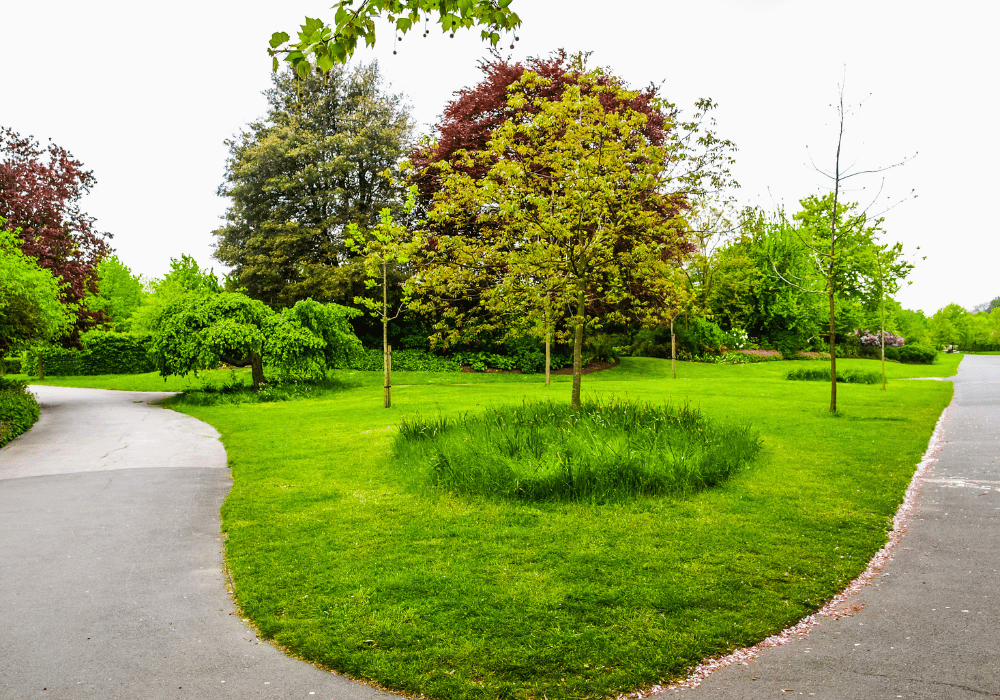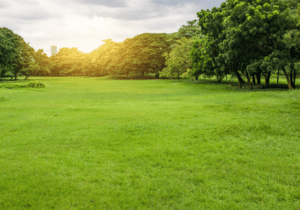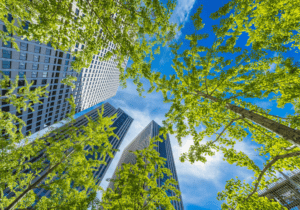In the bustling urban landscapes of Southern Maryland and beyond, trees serve as vital pillars of biodiversity, offering myriad benefits that extend well beyond their aesthetic appeal. As guardians of urban ecosystems, trees play a crucial role in nurturing and sustaining biodiversity, contributing to the health and well-being of both the environment and its inhabitants. 855TREEMAN, a leading provider of arborist tree services in the region, is at the forefront of promoting the importance of trees in urban settings. This blog explores the multifaceted role of trees in enhancing urban biodiversity and the essential services they provide.
Supporting Urban Wildlife
Trees are instrumental in providing habitats and food sources for a wide array of wildlife, including birds, insects, and small mammals. The canopy offers shelter and nesting sites, while the leaves, flowers, and fruits serve as food sources. Urban trees create green corridors that facilitate wildlife movement, connecting fragmented habitats and enabling species to thrive amidst urban development.
Improving Air Quality
Urban trees are natural air purifiers, absorbing pollutants such as nitrogen dioxide, ozone, and particulate matter while releasing oxygen. Through this process, trees significantly improve air quality, contributing to healthier environments for urban residents. Furthermore, the presence of trees can mitigate the effects of pollution on local wildlife, supporting richer biodiversity.
Regulating Microclimates
Trees play a pivotal role in regulating urban microclimates, reducing the urban heat island effect through shading and evapotranspiration. Cooler urban areas not only benefit human residents but also support a wider variety of plant and animal species, enhancing local biodiversity. The moderated temperatures can help sustain species that might otherwise be pushed out by rising urban heat levels.
Enhancing Soil and Water Quality
Urban trees improve soil structure and fertility, promoting healthier plant life. Their root systems help prevent soil erosion, while fallen leaves contribute organic matter to the soil. Trees also aid in water management, reducing runoff and improving water quality by filtering pollutants, thus supporting aquatic life and contributing to healthier water ecosystems.
Fostering Human-Nature Connections
By bringing nature into urban settings, trees foster a deeper connection between residents and the natural world. Green spaces enriched with trees encourage outdoor activities, educational opportunities, and community engagement, all of which strengthen the human-nature bond and raise awareness of the importance of biodiversity conservation.
Challenges and Solutions
Despite their benefits, urban trees face challenges such as limited space, pollution, and disease. 855TREEMAN emphasizes the importance of professional arborist services in addressing these challenges, from proper tree selection and planting to ongoing maintenance and care. By adopting best practices in urban forestry, cities can maximize the ecological benefits of trees and ensure their contributions to biodiversity for generations to come.
The role of trees in strengthening urban biodiversity cannot be overstated. As living monuments within our cities, they enhance environmental health, support wildlife, and improve the quality of life for all urban dwellers. 855TREEMAN is committed to preserving and expanding urban tree canopies in Southern Maryland, recognizing that every tree planted today is a step towards a more biodiverse, sustainable tomorrow.





